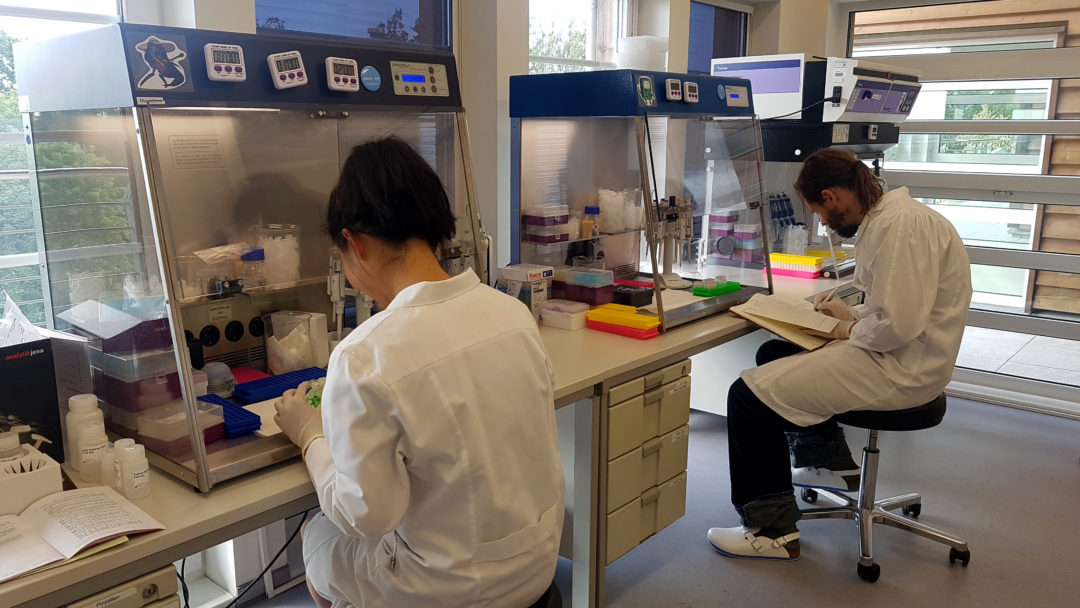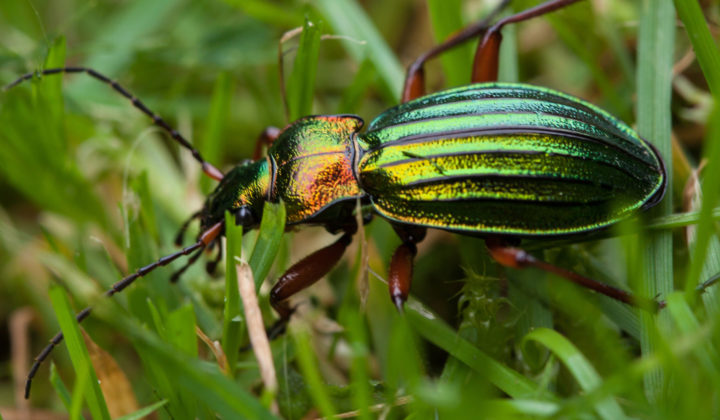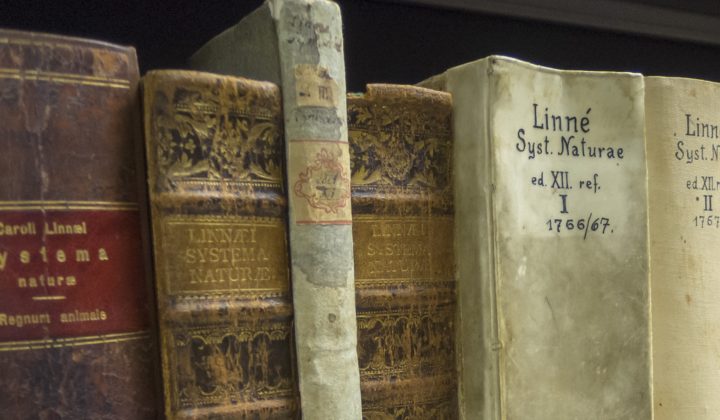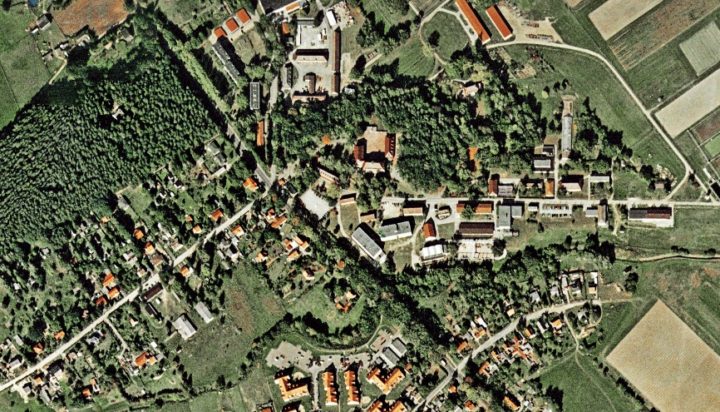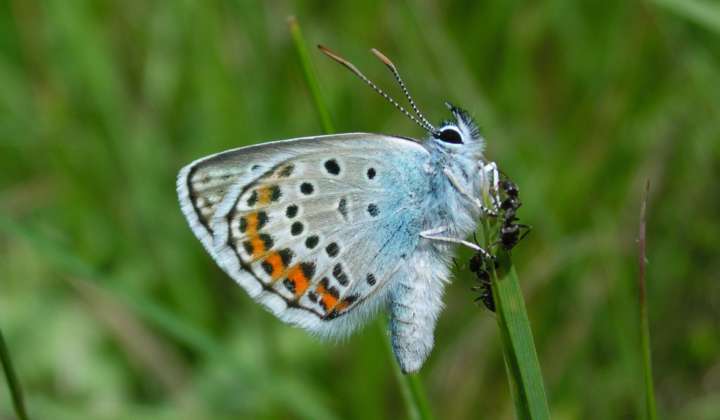Senckenberg German Entomological Institute
Molecular Lab
Nature is complex
Molecular data (e.g. DNA sequences) are used to investigate genetic diversity, to reconstruct phylogenies, and to analyze the biogeography in various insects. They help us to understand evolutionary processes that have formed our current biodiversity. With the aid of the new technologies, especially in molecular biology, multiple hypotheses of how species evolved can be investigated. For example, the influence of geographic separation (allopatric speciation), genetic exchange (gene flow/genetic drift/hybridization; sympatric and parapatric speciation), or the effects of interactions between species can become more obvious. Going beyond the classic definition of a biological species, we want to focus on the approach of integrative taxonomy. It combines molecular, morphological, and ecological perspectives on the classification of organisms. All this will help us to better understand the complexity of nature.
Current focus
Experiences of our molecular lab are mainly focused on analyses of the insect genetic diversity using the barcoding region of the COI gene. In cooperation with our custodians we amplify and sequence various genes from different insects to contribute to their taxonomic classification. Besides the barcoding gene, our methodological expertise is addressed to DNA extraction of insect tissue (e.g. non-destructive methods), Sanger Sequencing of mitochondrial and nuclear genes, and genomic methods (e.g. ddRAD and hybrid capture sequencing; Illumina technologies). Furthermore, we will integrate methods of the Oxford Nanopore Sequencing Technology (MinIon sequencer) and will focus more on genomics of historical samples.
Future plans
The collection at the SDEI provides a comprehensive resource to compare the genetic diversity of insects over time. We want to establish suitable DNA extraction protocols for historical samples to receive the best DNA quality from a sample. This will be the basis for the comparison of genetic diversity between insect lineages from today and decades ago. The main idea relates to the examination of potential evolutionary and biogeographic processes that may have caused changes in the genetic diversity of insect groups. The molecular lab will be extended in the next few years to become a state-of-the-art lab for genetics and genomics including an aDNA lab for historical samples.
